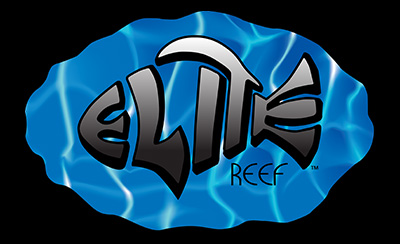It’s been awhile since I got around to editing a new fragging 101 video, but my gear has progressed quite a bit in that time. Check out this fragging video filmed from a stabilized chest mounted GoPro Hero 5!
Methodology:
The method I use for fragging the majority of hard corals is primarily the same with the cutting tooling being an Gryphon band saw.
Cooling liquid used is fresh mixed saltwater with enough iodine to color it a light amber. This helps to disinfect cuts as they’re made which has shown to greatly increase frag survival.
All corals are stored during cutting in a small bucket holding water taken directly from their home aquarium. This water is used both to keep them wet as well as for rinsing any flesh away from cuts while I’m working on them.
All finished, and rinsed, frags or trimmed colonies are soaked in Seachem Reef Plus to insure that minimal flesh is lost.
Both soak buckets are rinsed and replenished between colonies to reduce the risk of interactions between loose flesh of different coral species.
Notes about acans:
Acans are one of the corals that will bear significant advantages if corallite boundaries are followed, so when cutting these corals, I always try to follow directly along the top of corallite walls.
As with most LPS corals, cutting frags as thinly as possible will help to accelerate growth.
Acans build one of the most dense skeletons I’ve come across, so they can be quite hard to cut. Be sure to take your time and let the blade do the work.
